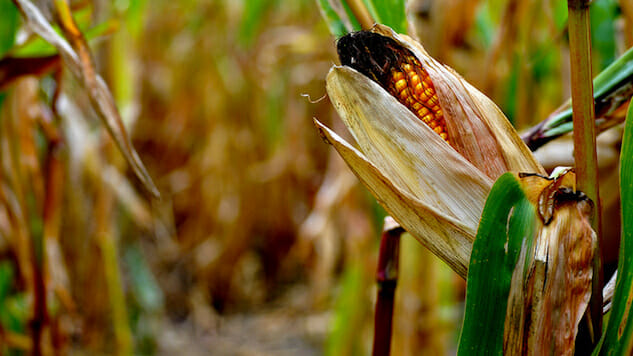Genetic Change Could Save Tons of Corn

A deadly toxin that can develop in crops like corn, rice and nuts forces farmers, especially in Asia and Africa, to throw away 16 million tons of corn each year, contributing to the already high levels of food insecurity in those regions.
Aflatoxin is a byproduct of a fungus that grows on crops when they are exposed to warm, humid areas and can cause fatal liver damage, cancer and stunted growth in children. Over 100 countries have set standards to prevent contamination after an outbreak in Kenya in 2004 that killed 125 people, though scientists around the world are searching for a more active way to tackle the issue.
In their study published in the journal Science Advances, a team of researchers from the University of Arizona and the US Department of Agriculture say that by altering a form of the messenger RNA in the corn, they have been able to keep the toxin from taking root. Their modified messenger RNA latches onto the fungus and prevents the production of the RNA that allows the toxin to form.
“No RNA, no protein, no toxin,” said geneticist, and co-author of the study, Monica Schmidt. While the adjustment is currently only being used in corn, Schmidt believes it could one day be modified to protect other crops and to tackle other fungus-born diseases.
-

-

-

-

-

-

-

-

-

-

-

-

-

-

-

-

-

-

-

-

-

-

-

-

-

-

-

-

-

-

-

-

-

-

-

-

-

-

-

-








































